How Dog Breeds Have Changed Over 100 Years: Then vs. Now
Discover how popular dog breeds have transformed over the last century, highlighting the dramatic changes in appearance and health.
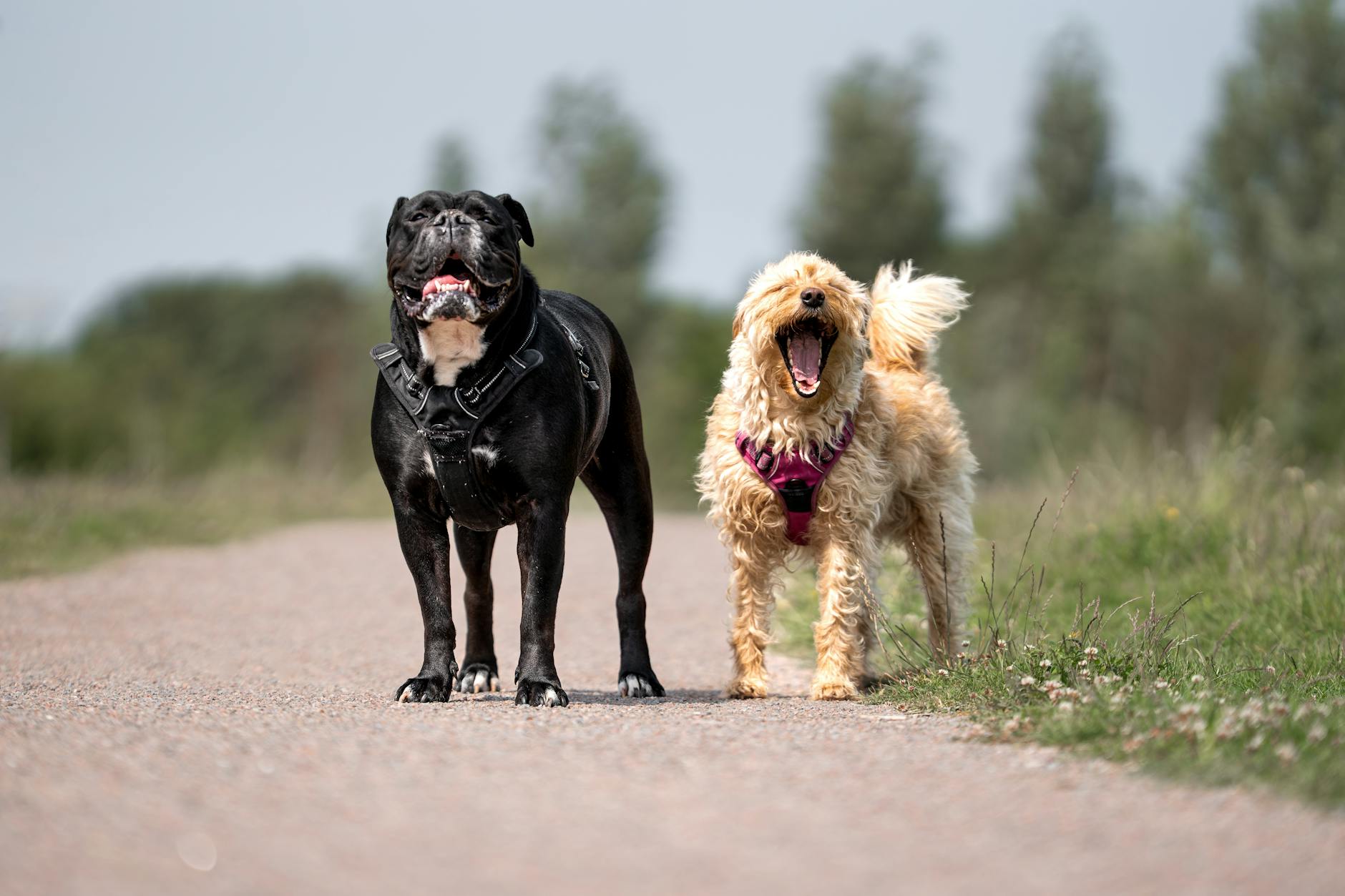
Dog Breeds: 100 Years Ago and Today
Dogs have been our companions for thousands of years, but the last century has seen remarkable changes in the way popular breeds look and behave. Driven by selective breeding for specific physical traits, dog shows, and shifting human preferences, many breeds today are almost unrecognizable compared to their ancestors from 100 years ago. This article examines some of the world’s most iconic dog breeds, comparing their appearance, health, and roles in society then and now.
A Brief History of Dog Breeding
Systematic breeding of dogs for specific tasks and appearances intensified during the late 19th and early 20th centuries. Breed standards, established by kennel clubs like the American Kennel Club (AKC), set strict guidelines on everything from ear shape to coat color, which breeders followed to win in the show ring and produce desirable pets. Over time, the pursuit of certain looks led to dramatic modifications—sometimes at the expense of the animals’ health and original working abilities.
Major Dog Breeds: Then vs. Now
The following sections examine how several well-known dog breeds have evolved over the last century, comparing their historic origins to their present-day appearances and highlighting the pros and cons of these changes.
1. Bulldog
- Then: Early 20th-century bulldogs were athletic, with longer muzzles, less extreme underbites, and a leaner physique. They were originally bred for bull-baiting—requiring strength and agility.
- Now: Modern bulldogs have exaggerated features: a pronounced short muzzle, flat face, heavy wrinkles, and a stocky build. Their appearance is the result of intense selection for the ‘cute,’ baby-faced look favored at dog shows.
Health Concerns: The current breed is prone to breathing difficulties (brachycephalic syndrome), joint problems, and skin infections due to excessive folds. Many bulldogs are unable to breed or give birth naturally, and their lifespan has decreased compared to their ancestors.
2. German Shepherd
- Then: Early German Shepherds from the 1910s and 1920s were athletic and straight-backed, bred as herding and police dogs for their intelligence, strength, and stamina.
- Now: Modern show-line German Shepherds often have a dramatic sloping back and elongated hind legs, a feature bred specifically for conformation competitions.
Health Concerns: The exaggerated sloped back can contribute to hip dysplasia and mobility issues, impacting the dog’s working ability and quality of life. Working-line German Shepherds remain closer in structure to the original breed, maintaining straight backs and higher endurance.
3. Dachshund
- Then: Dachshunds of a century ago were longer-legged and proportioned for hunting badgers—agile and relatively sturdy.
- Now: Today’s Dachshunds have even longer spines and shorter legs, the result of selective breeding for an exaggerated ‘sausage dog’ shape.
Health Concerns: The breed’s extreme body proportions now make them more susceptible to intervertebral disc disease (IVDD), spinal injuries, and mobility challenges.
4. Boxer
- Then: Early boxers were leaner, with a slightly longer muzzle and less pronounced jowls.
- Now: The modern boxer has a shorter, squarer muzzle, more pronounced facial wrinkles, and a bulkier build. These changes are the result of breeding for a tougher, more ‘impressive’ appearance.
Health Concerns: Boxers are now more likely to suffer from brachycephalic airway syndrome, heart diseases, and certain cancers.
5. West Highland White Terrier (Westie)
- Then: Early Westies had a rougher coat and a more functional, rugged look suited to hunting rodents in Scotland.
- Now: Today’s Westies have a softer, more rounded coat and a ‘cutesy’ aesthetic, achieved by grooming and selective breeding.
Health Concerns: Changes in coat and conformation have made them more susceptible to skin diseases and allergies.
6. Pug
- Then: Pugs from the early 1900s had longer noses, narrower chests, and fewer wrinkles.
- Now: Modern pugs have very short snouts, deep facial folds, and a more compact, barrel-like body.
Health Concerns: Modern pugs are especially prone to breathing difficulties, overheating, eye injuries, and spinal issues due to their extreme physical modifications.
7. St. Bernard
- Then: Originally bred as Alpine rescue dogs, early St. Bernards were lighter, with longer muzzles and less skin around the face.
- Now: The breed today is larger, has more droopy jowls, a heavier frame, and a thicker coat.
Health Concerns: The increase in size and facial skin has made modern St. Bernards less agile and more prone to joint problems, heatstroke, and drooling.
8. Scottish Terrier
- Then: Scotties in the early 20th century had a softer outline and a longer, less stylized coat.
- Now: Breed standards today favor a denser, more sculpted coat, and a more compact body.
Health Concerns: The breed’s modern conformation may make them more prone to certain cancers and skin disorders.
9. Basset Hound
- Then: The original basset hound was less extreme, with a shorter body, less skin droop, and more moderate ears.
- Now: Today’s basset hounds have even longer ears, a heavier, lower-slung body, and excess loose skin.
Health Concerns: Basset hounds are now more susceptible to ear infections, eye injuries, and spinal problems.
10. German Boxer
- Then: Early boxers in Germany were valued for their agility, longer muzzles, and high stamina for work.
- Now: The breed is shorter-faced and more muscular, with less of the athleticism once prized.
Health Concerns: Modern boxers have higher rates of cancer and heart disease, as well as a shorter lifespan.
11. Rough Collie
- Then: Collies of the past had less exaggerated muzzles and a more practical coat for sheep herding.
- Now: The modern show collie sports an extremely slender, elongated muzzle and a much thicker, flowing coat.
Health Concerns: Changes have led to a higher incidence of eye problems and overheating due to the dense coat.
12. Doberman Pinscher
- Then: Early Dobermans were bred for personal protection—sleek, agile, and robust.
- Now: Today’s Dobermans have a more refined, elegant silhouette and sometimes more pronounced chest and neck proportions.
Health Concerns: The breed is now at higher risk for dilated cardiomyopathy, a serious heart disease, and von Willebrand’s disease (a blood clotting disorder).
13. Shetland Sheepdog
- Then: Originally smaller and more fox-like, Shelties were invaluable for herding in the Shetland Islands.
- Now: The modern Sheltie has a fuller coat, a more delicate face, and is often bred primarily as a companion.
Health Concerns: Shelties are now prone to dermatomyositis and collie eye anomaly due to changes introduced by selective breeding.
14. Irish Setter
- Then: Early Irish Setters were built for stamina and hunting, with a sturdy body and moderate feathering.
- Now: Today’s breed is taller, leaner, and has a far longer, silkier coat.
Health Concerns: The longer coat requires frequent grooming and can lead to overheating; joint issues are also more common in the modern breed.
Comparative Table: Dog Breeds Then vs. Now
| Breed | 100 Years Ago | Today |
|---|---|---|
| Bulldog | Lean, athletic, longer muzzle | Stocky, flat-faced, wrinkled |
| German Shepherd | Straight back, athletic | Sloping back, hind-leg angulation |
| Dachshund | Balanced proportions | Longer back, shorter legs |
| Pug | Longer snout, fewer wrinkles | Flat face, deep folds |
| Basset Hound | Moderate ears, less droop | Extreme features, excess skin |
| Rough Collie | Shorter muzzle, moderate coat | Long muzzle, flamboyant coat |
Why Have Dog Breeds Changed So Much?
- Dog Shows and Breed Standards: The rise of competitive dog shows in the early 1900s encouraged breeding for appearance over function.
- Selective Breeding: Breeders focused on traits considered desirable, like flat faces or extra-long bodies, often at the expense of genetic health.
- Changing Roles: Dogs once bred for work increasingly became family companions, with preferences for ‘cute’ or striking looks driving breeding choices.
- Medical Advances: Veterinary intervention allowed some breeds with high health risks to survive and reproduce, rather than being selected out by natural processes.
The Impact on Dog Health and Well-Being
While many changes have made dogs more visually appealing to their owners, the consequences for health and quality of life are significant. Brachycephalic (short-nosed) breeds commonly suffer from breathing problems; long-backed breeds are prone to spinal injury; and the pursuit of extreme size has led to increased joint and heart issues. Prospective dog owners must be aware of these challenges and choose breeders who prioritize health over appearance.
Frequently Asked Questions (FAQs)
Q: Why do some dog breeds look so different today compared to the past?
A: The dramatic differences are largely due to selective breeding for specific traits favored in dog shows and by pet owners, often prioritizing appearance over original working ability or health.
Q: Are modern dog breeds less healthy?
A: Many breeds bred for extreme looks have developed increased health problems, including breathing, joint, and skin issues. Responsible breeding practices can help reduce these risks.
Q: Can old breed types still be found?
A: In some cases, working lines or less popular varieties maintain closer ties to the original breed structure and function. Research and choose your breeder carefully if this is important to you.
Q: What should I consider before choosing a breed?
A: Look beyond appearance—consider health, temperament, exercise needs, and the breed’s original purpose to ensure a good match for your lifestyle.
Conclusion
Over the last century, dog breeds have changed dramatically—often in ways that satisfy human tastes, but sometimes at the expense of the dogs’ health and well-being. Understanding this history not only sheds light on our relationship with our canine friends but empowers prospective owners to make informed choices that support the health and longevity of the breeds they love.
References
- https://www.dogster.com/dog-breeds/most-popular-dog-breeds-in-the-world
- https://www.akc.org/press-center/articles-resources/facts-and-stats/breeds-year-recognized/
- https://www.akc.org/expert-advice/dog-breeds/working-group-dogs/
- https://www.rd.com/list/similar-dog-breeds/
- https://www.petzooie.com/articles/most-popular-dog-breeds-of-2025-which-one-is-right-for-you
Read full bio of Shinta



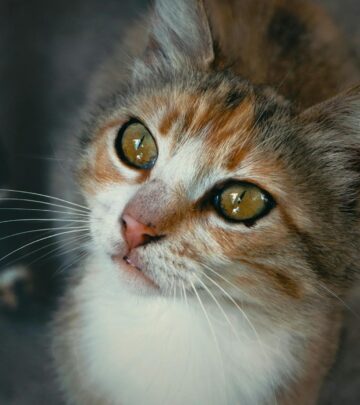
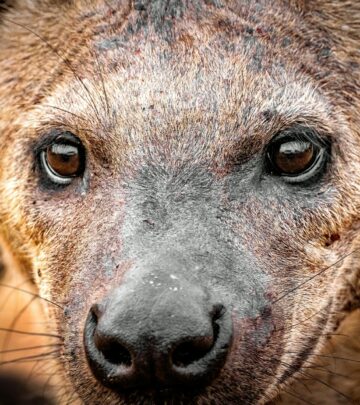

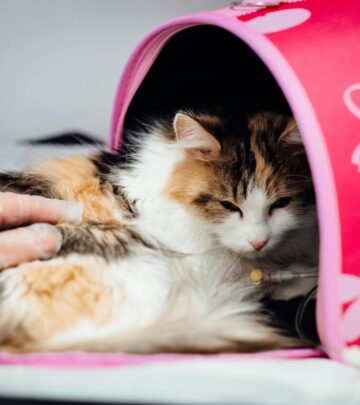

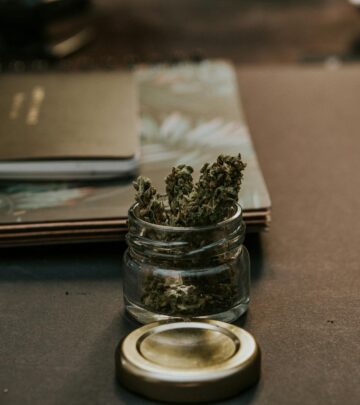


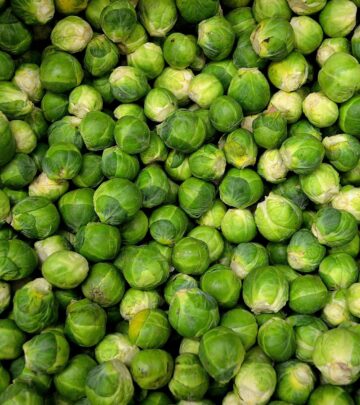

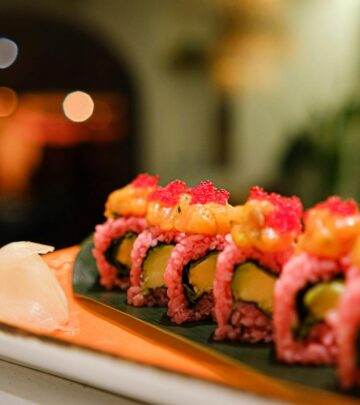

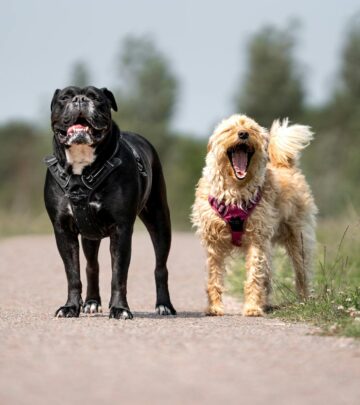
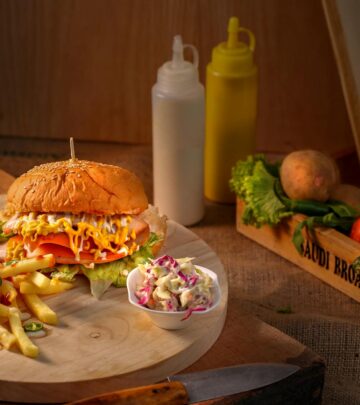
Community Experiences
Join the conversation and become a part of our empowering community! Share your stories, experiences, and insights to connect with other beauty, lifestyle, and health enthusiasts.